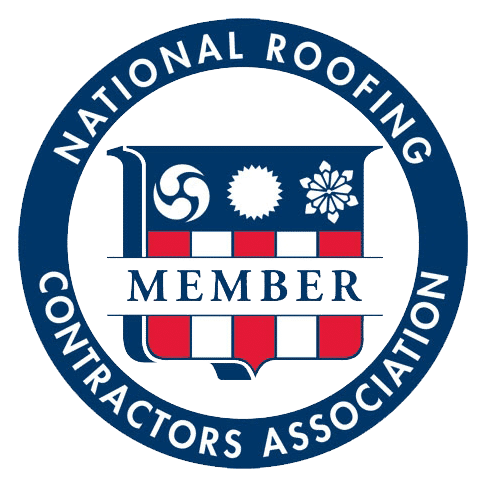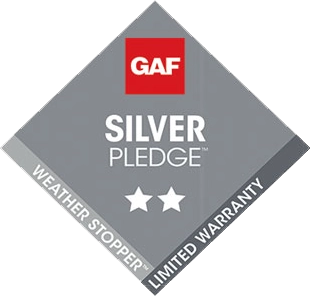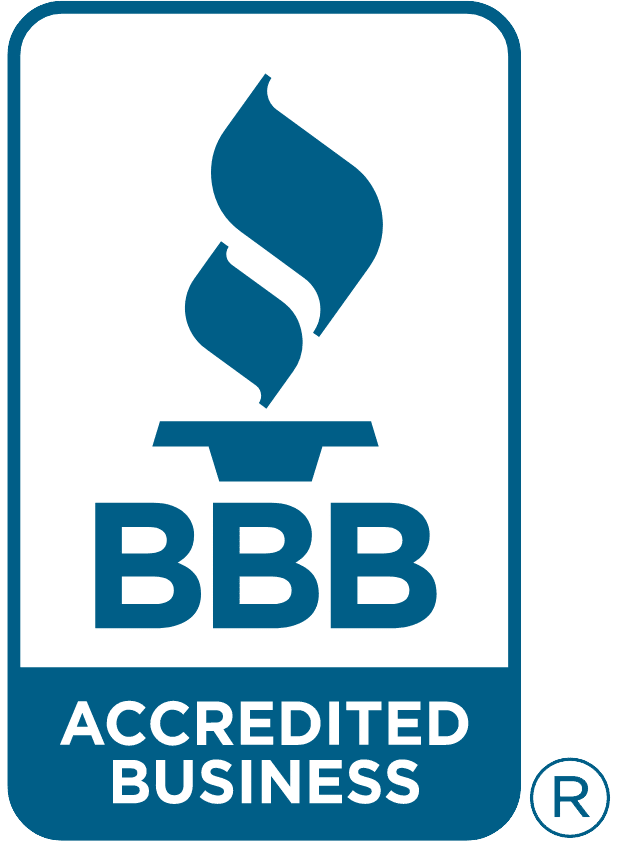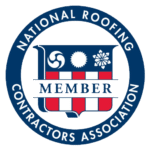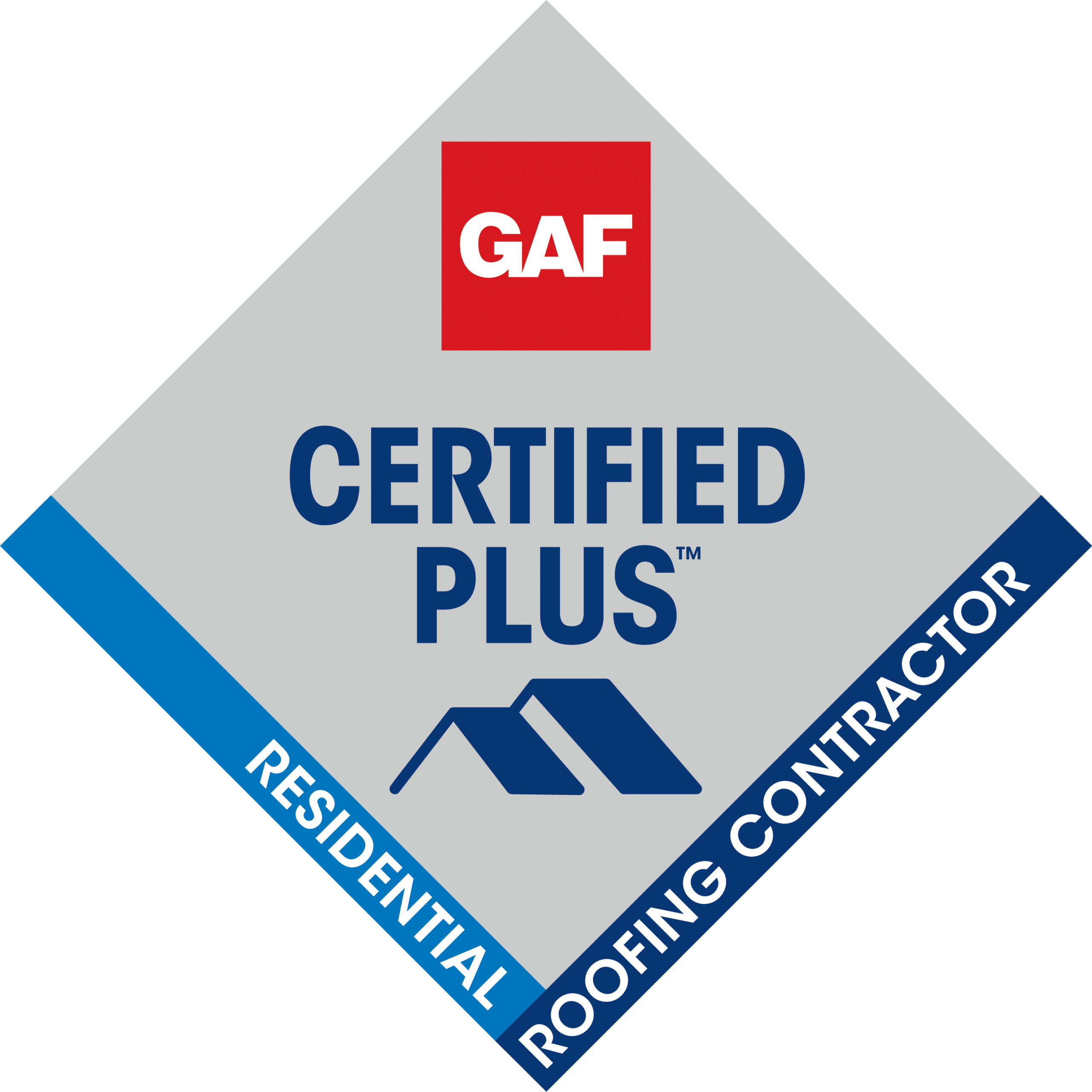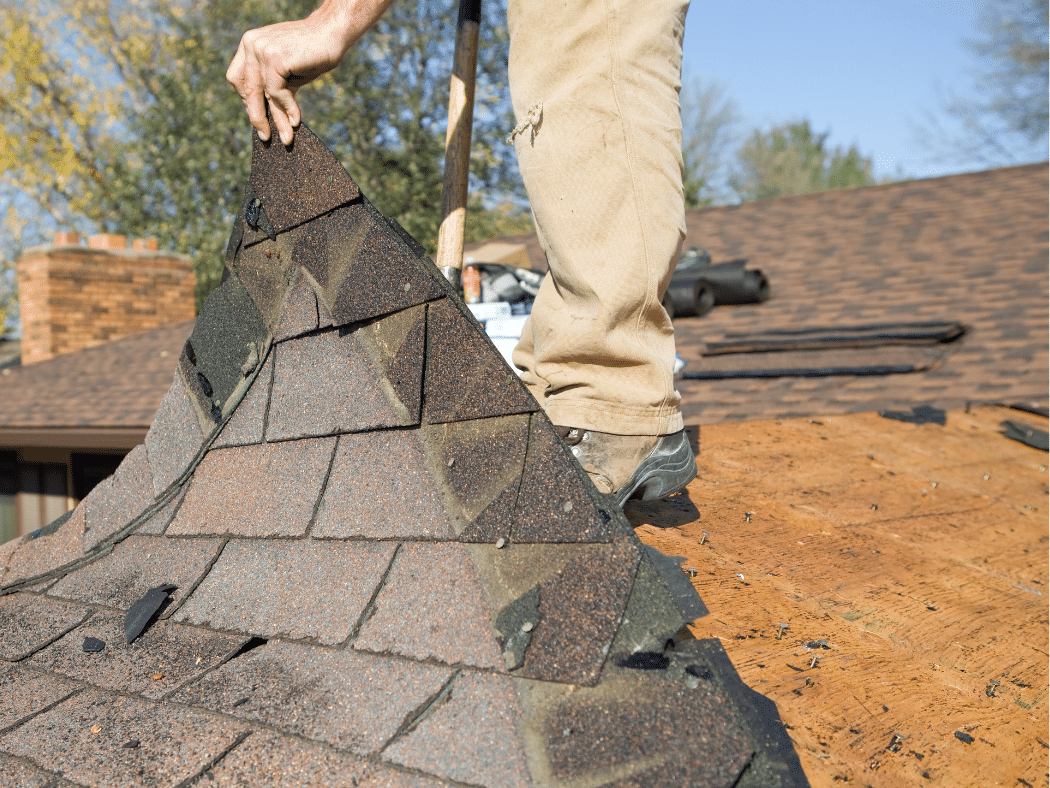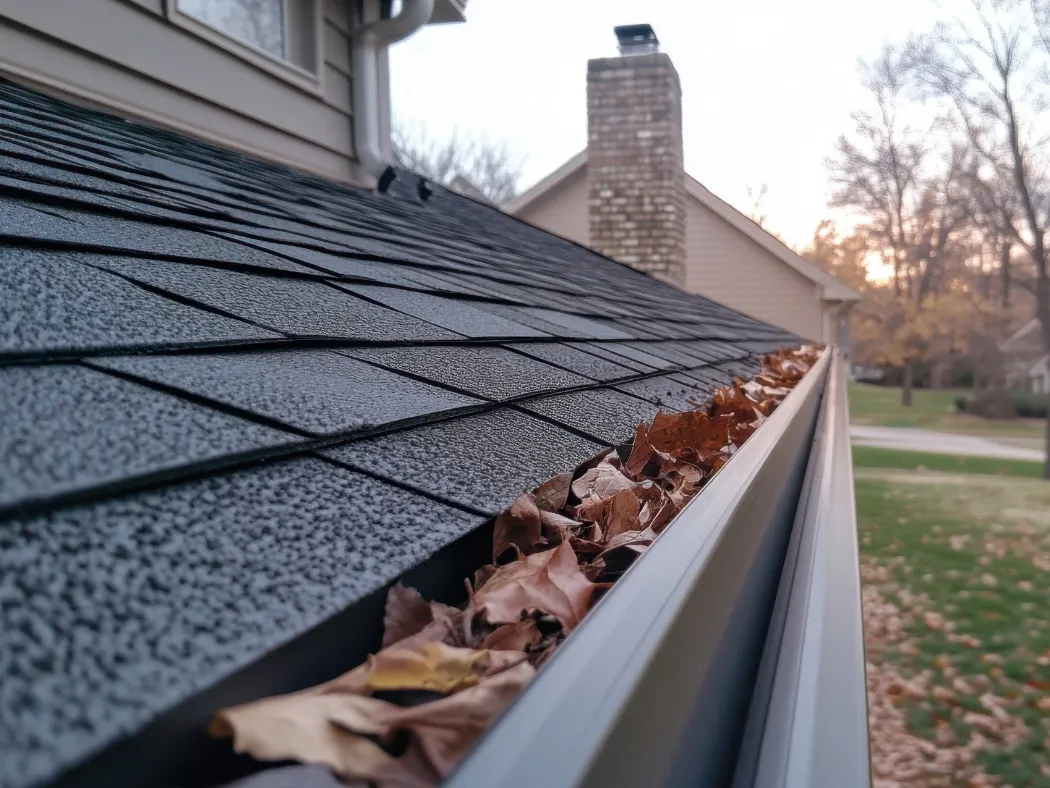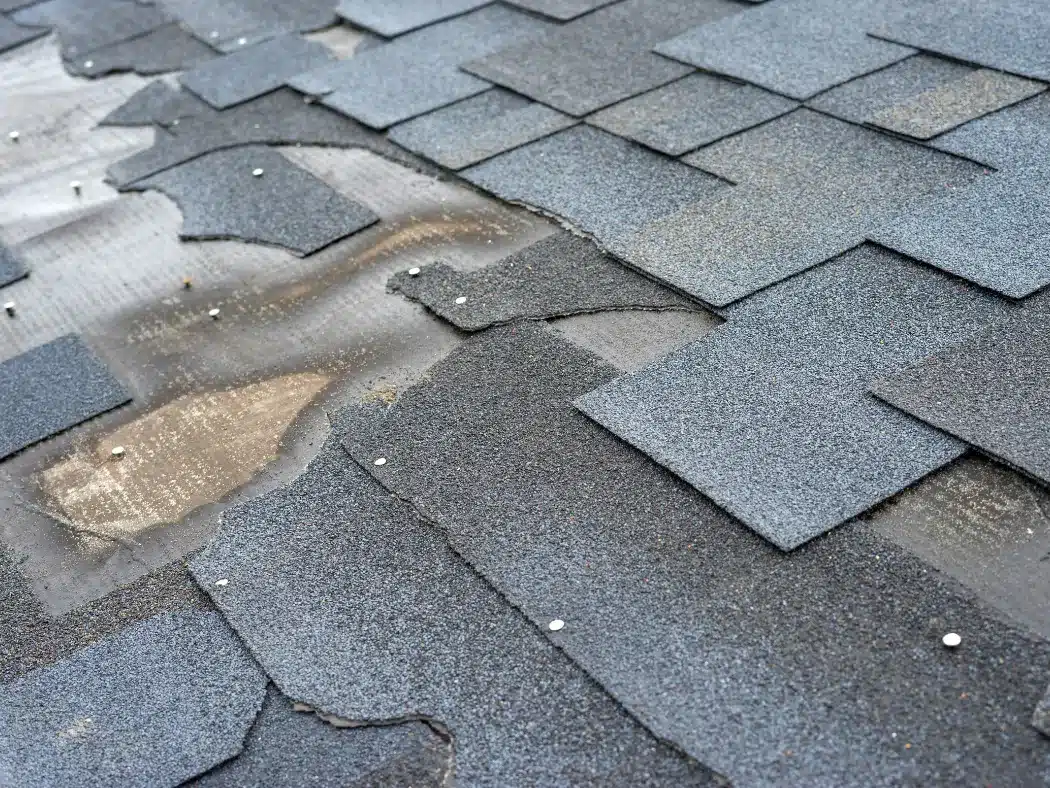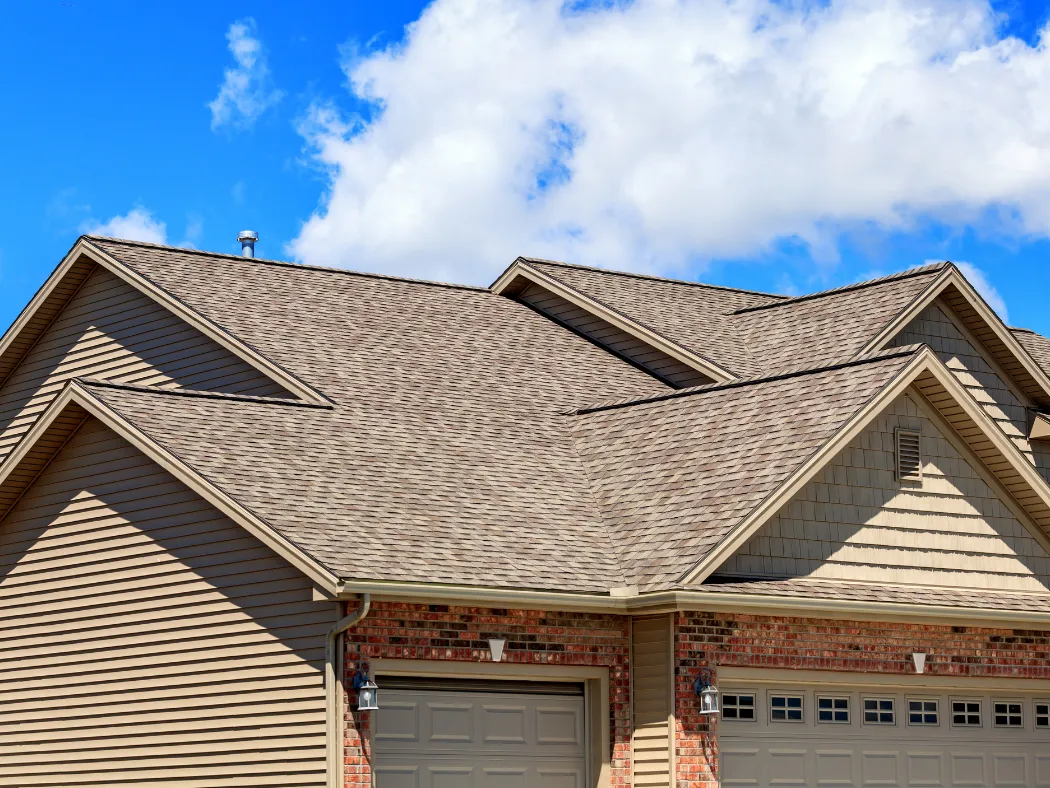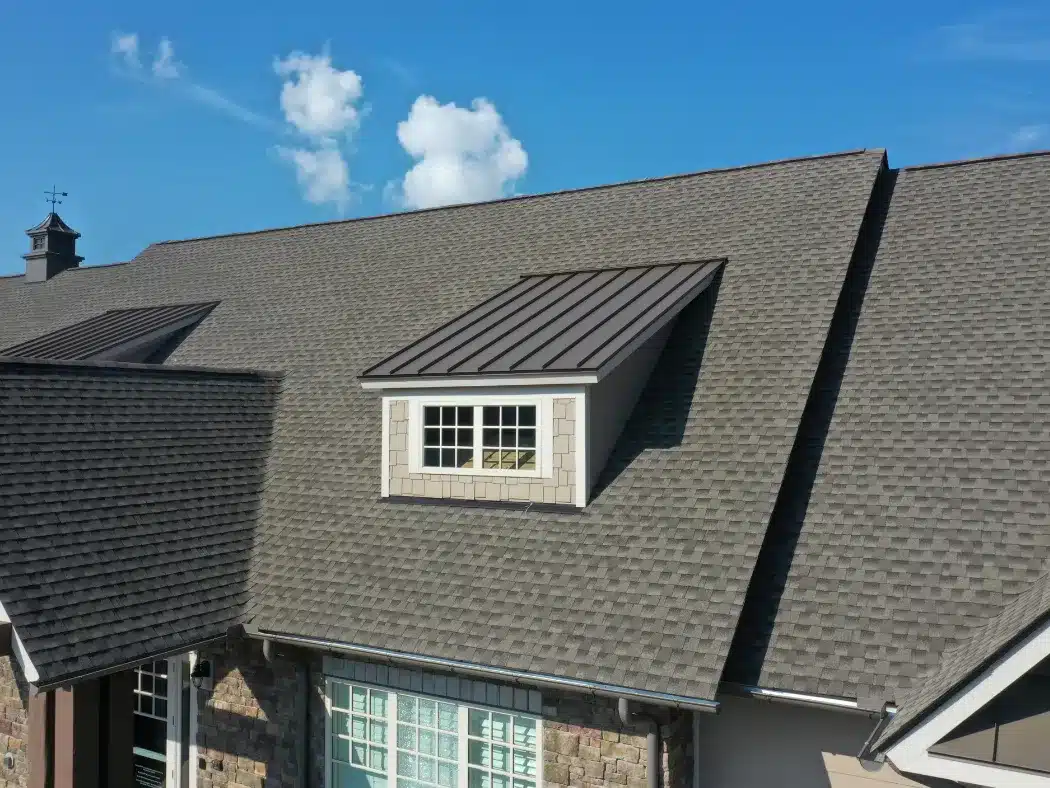When a storm is raging outside your window, it’s comforting to know that you have a strong and sturdy roof overhead to keep you and your family safe. That’s why understanding your roofing system to fix any problems that emerge is crucial for maintaining the longevity and integrity of your roof. Below are the most common types of residential roofing damage to look out for.
Weather-Related Roof Damage
Your roof is exposed to diverse weather year-round in Texas, making weather-related roofing damage common. Strong winds can tear, crack, curl, and lift shingles from your roof, causing them to be dislodged and expose your roof deck. Hailstorms can leave dents in asphalt shingle and metal roofs, damage your gutter system, and cause leaks. During cold winter months, ice and snow can accumulate and add stress to your roof or form dangerous ice dams. You can prepare your roof for severe weather by trimming trees on your property and clearing your gutters to divert water from the base of your home.
Water-Related Roof Damage
If you notice a leak in your roofing system, it’s a sign that you need to call a professional to make a repair assessment as soon as possible. Even the smallest leaks can cause major damage to the interior and exterior of your home, and leaks can grow into more complex problems over time. If you have damaged shingles or flashing, water can penetrate your home and cause a leak. The presence of moisture in your roofing system can cause rot or mold, mildew, and algae growth. Scheduling routine roofing maintenance or a professional assessment after a severe storm is the best way to find leaks.
UV and Heat Damage
Your roof is exposed to UV radiation and the sun’s heat throughout the year, and boiling Texas summers can cause your asphalt roofing shingles to form heat bubbles. If you notice warped roofing materials, dislodged asphalt granules in your yard, or a sudden rise in your monthly energy bill, it could be a sign that your roof needs added protection from heat and UV. A professional roofing contractor can assess the effectiveness of your roof’s ventilation system and provide recommendations for repairs.
Wear and Tear of Roofing Material
Roofing materials deteriorate over time due to exposure to the elements. Natural wear and tear of your roofing materials is normal as your roof ages, but choosing a reliable, experienced roofing company to install your roof and schedule routine maintenance will help to extend its lifespan. Poor workmanship during installation can lead to various issues, including leaks, improper sealing, poor ventilation, and premature failure.
Roofing Structural Issues
If the structural integrity of your roof is lacking, it can pose a danger to you and your family. A sagging or crooked roof can indicate potential failure as weakened rafters or trusses can’t support the weight of your roof. Roof decking can become damaged due to prolonged exposure to moisture or other factors, weakening your roof’s ability to protect you from the outside world
Roof Flashing Failures
Roof flashing is the metal used to seal moisture out of the area where chimneys, vents, and skylights meet your roof. Flashing can become damaged or corroded in severe weather, leading to water infiltration. It’s recommended to fix the damaged flashing as soon as possible before the damage can worsen.
Regular roof inspections and maintenance are essential to identify and address these common types of roof damage early on. If you notice any signs of roof damage, it’s crucial to contact a professional roofing contractor for a thorough assessment and repair. For your residential roofing repair needs, WorleyByrd is the word! Contact us to get a project estimate

